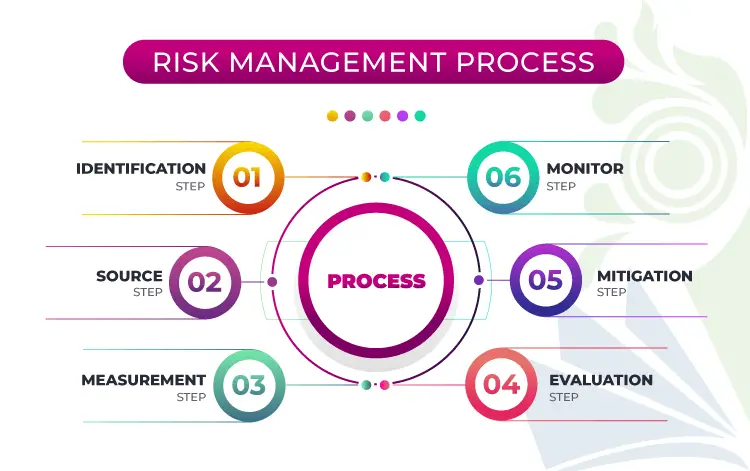Strategic Management Concept & Fundamental
We’re back to you with another article about the strategic management concept. This article will discuss the strategic management concepts and cases. The strategic management concept consists of the implementation and formulation of the primary goals. The top-level management of an organization plays it on behalf of owners. However, there are shown all the explanations here.
What is Strategic Management?
Strategic management has come from two different concepts: one strategy and the other management. According to OALD, early 19th century: from French stratégie, from Greek stratēgia ‘generalship,’ from stratēgos, from Stratos ‘army’ + agein ‘to lead.’ On the other hand, first recorded in 1590–1600; “act of managing by physical manipulation,” from manage + -ment.
Strategic Management Concept & Fundamental:
Under strategic management, the concept has the following things. Such as:-
- Organizational Philosophy
- Policy
- Strategic Planning
- Strategic Plan
- Strategy

Organizational Philosophy:
Organizational philosophy is the first issue of the strategic management concept. Organizational philosophy establishes the relationship between the organization and its stakeholders. It establishes the values and beliefs or the organization about what is important in both life and business, how business should be conducted, its view of humanity, its role in society, the way the world works, and what is to be held inviolate. In most organizations, the guiding philosophy is formulated by the owner or founder, or the CEO. Their beliefs about, for example, the importance of employees as individuals, of formality in communication, and belief in superior quality and service are reflected in the philosophy.
Policy:
In the strategic management concept, the policy is another issue. A policy is a general statement that guides managers thinking in decision making. A policy is an abroad guideline for decision making. Policies are sometimes referred to as rules of choice and behavior developed to guide and direct organizational decision making and action. Policies have also been defined as directives designed to guide managers and subordinates’ thinking, decisions, and actions in implementing the organization’s strategy. It is a standing plan in the sense that it lasts relatively for a longer period of time. It specifies the organization’s response to a designated problem or situation. It is a general guide for action, so it is the most general form of the standing plan.
Organizations use policies to provide uniform guidelines to all employees regarding certain issues/activities to make decisions and take actions uniformly on those issues. Policies are formulated to ensure clear guidance to managers and other employee’s throughout the organization. An organization usually develops policies for different functional areas such as production policy, purchase policy, financial policy, marketing policy, etc.
You should be clear about the main difference between a strategy and a policy. Policy guides a manager’s thinking in decision making; strategy implies the commitment of resources in a given direction. However, sometimes these two concepts may have an overlapping effect. One company may have a ‘policy of growth through acquisition of other firms’, while another company may have a ‘policy of growth only by expanding present markets and products.’ While these are policies, they are also essential elements of major strategies.
Read more: How to Prepare a Good Assignment for Your Semester?
Strategic Planning:
Strategic planning is the most important issue in the strategic management concept. When you think this way: “We are making decisions today for today’s business world,” – you are really in the process of conventional planning, not in strategic planning. In conventional planning, you will be projecting the future business in terms of your own products, market, target customers, existing competitors in the industry, and the like. That means you will not be considering the overall competitive pressures, including the potential competitors; in strategic planning, you will undertake thorough scanning and analysis of the total business environment and resources of the existing and potential competitors as well as your own resources and capabilities. This is your strategic planning. Strategic planning focuses on the future. Unlike convention planning, which mainly focuses on current problems, strategic planning looks to the future. Unlike convention planning, which mainly focuses on current problems, strategic planning looks to the future. It encompasses the entire gamut of the environment of the organization. Thus it calls for SWOT analysis and forecasting. It requires creative, strategic thinking. It demands innovative ideas on the part of the planners.
Strategic Plan:
In the strategic management concept, a strategic plan is the most important topic. A strategic plan is set to cope with several concerns, for example, the industry and competitive situations, predictable actions of the key actors in the industry, and any hitches to the organization’s achievement. It incorporates industry conditions, competitive situations, and the vision, mission, objectives, and strategy. Strategic plans aim at achieving strategic goals. The senior-most managers set these plans. Most successful companies have been found to have a strategic plan in the form of a written document. This document contains a description of the industry’s economic aspects, key success factors, drivers of change, and a strategic plan that describes the company’s internal and external environment. Some companies have the policy of not disclosing the strategic plan to all but selective managers, while others make only vague general statements for competitive senility reasons.
Conventionally strategic plan concealments a time retro of more than one year. But nowadays, due to the high haste of change in numerous industries, strategic plans are made even for quarterly use. The time-span of the strategic plan needs to be shorter, sometimes measured in months, in the organizations involved in e-business.
Strategy:
A strategy is the main thing of the strategic management concept. A strategy is considered a long-term plan that relates the strategic advantages of an organization to the environment’s challenges. It includes the determination of long-standing purposes of the organization and the approval of sequences of action. It also includes the allocation of assets essential to attain the purposes. When defined this way, objectives are considered as part of strategy formulation. According to the definition provided by Thompson and Stricklan, strategy is the means used to chive the ends. Here ‘means’ refer to ways or actions, and ‘ends’ refer to objectives. Strategy expresses the intention of management about the way to achieve the objectives of the organization. Along with Michael Porter, the acknowledged authority of competitive strategy, “strategy is about a competitive position, about differentiating yourself in the eyes of the customer, about adding value through a mix of activities different from those used by competitors.”
A few more words about strategy: the word ‘strategy’ is adapted from the military administration. In the military, most often, strategy refers to ‘deployment’ of troops, which means maneuvering troops into position before the enemy is actually engaged. In business, we can substitute ‘resources’ for troops. Business people deploy resources of various types to achieve objectives. These are the different issues of the strategic management concept.



